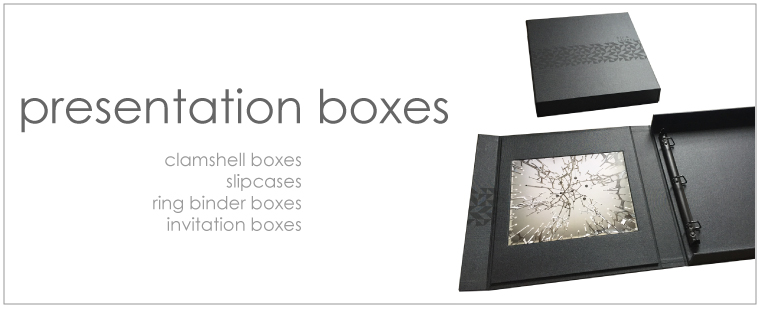
We thought it was about time we introduce the people who make up Kristin Dunn Bookbinding Design, so our clients, prospective clients and portfolio design friends can get to know us better.
Brief introduction:
I’ve worked as a studio assistant for Kristin Dunn Bookbinding and Design for four and a half years- almost as long as I’ve lived in Long Beach. Some of my specialties here include cutting and pressing insets, creating social media content and pretend eating the invisible food Kristin’s daughter Vanessa sometimes makes for us in the studio. I’m an avid bicycle commuter.
How Did You Get Into Bookbinding?
I’ve been interested in traditional bookbinding since I was a kid. I found a book in the craft section of the public library when I was 9 or 10 and thought it’d be fun to do that, but I don’t have access to that kind of machinery (big ream cutters, presses, and sewing frames). When I was getting my associates degree in studio art, a bookbinding class became available, and I took it the maximum amount of times you were allowed- which at the time was four. I learned that if you improvise, you can make books without all the fancy machinery and I fell in love.
Snapshot: What is an average day at work like for you?
My day involves what you might expect an art studio assistant to do: organizing the studio space, packing shipments, sometimes answering emails, and creating content to populate the blog and various social media venues. Kristin gives me a lot of creative freedom with blog and Instagram posts, which I enjoy.
I also help construct the portfolios, binders and boxes we make.
Favorite tools and materials:
I don’t go anywhere without my bone folder. Last year at our company Christmas party Alex gave Kristin and I both these beautiful agate bone folders she found at a printmaking convention. I love it! I wish all tools were as beautiful as they are utilitarian. On that note I also love the vintage book press we have in the studio. It’s a great throwback to the rich history of bookmaking.
Favorite type of project to work on at KDBooks?
A lot of my own personal artwork involves miniatures, so I’d probably have to say smaller works are my favorite, especially invitation presentation folders. I love the idea that they will contain a special message from a bride and groom or the host of a fancy party, and will be held and treasured by some lucky recipient. Small scale things are so precious and convey intimacy, and I like to daydream about them taking on a life of their own once they leave our studio and are filled with custom stationery.
Most challenging projects?
Larger boxes, especially notched clamshells. These kinds of boxes require a lot of precision, but you also need to work fast with larger works, so the glue doesn’t dry before you’ve smoothed the backcloth down.
Large orders of smaller boxes or invitation folders can be challenging in a different way, because repetition can be tedious. But I’ve really grown to love repetitive tasks. Not only can it be very meditative, I’m always especially proud of myself after churning out a lot of something. I’ve always had a really short attention span, so on a very personal level, I feel like it’s representative of personal growth for me.
Favorite thing to listen to in the studio?
Podcasts! If Vanessa isn’t in the studio it’s usually My Favorite Murder- I’m a lifelong crime fiction and true crime enthusiast. I wanted to be Nancy Drew when I was a kid. I also listen to a lot of Maximum Fun shows. If Vanessa or her friends are around, nothing with swears, so it’ll be Shmanners or Still Buffering.
Other work/ jobs you care to talk about?
I also work as a freelance artist and designer and have made practicals/props for an indie TV show called the Friendless Five on ATT’s Fullscreen network. I made a lot of vintage looking envelopes, letters and posters, along with a set of books.
I also have a miniature stationery company called Tiny Telegrams, where I do a lot of work in codes and ciphers for holidays, birthdays, weddings and other fun occasions.
Other Hobbies/interests?
I play ukulele and sing, just for fun. A group of my friends have a weekly music night. I also enjoy gardening, reading.
Ways your bookmaking skills translate in daily life?
I’m very in demand with friends and family who are planning weddings or having babies. I’m focused on quality, and especially picky with paper quality, with is a blessing and a curse, I suppose.
I do enjoy that I find myself critiquing and often appreciating little details like restaurant menus while I’m out and about. Most people probably don’t look at things like that, but I think about how many of those little details are made by bookbinders like us. That’s pretty cool.
What I love most about this job:
There’s a lot I love about this job, so it’s hard to pick just one. Any day I can work with Kristin or Alex. I’m an extrovert and I like to work and talk when I’m able to. Alex is a certified yoga instructor, so sometimes on Monday mornings she’ll lead us in an hour of yoga before work. That’s my favorite way to start the work week.
And then, of course, there are the portfolios. I have a job making things, so that’s the dream!
Next up, Alex Fridrich Ward!


















































